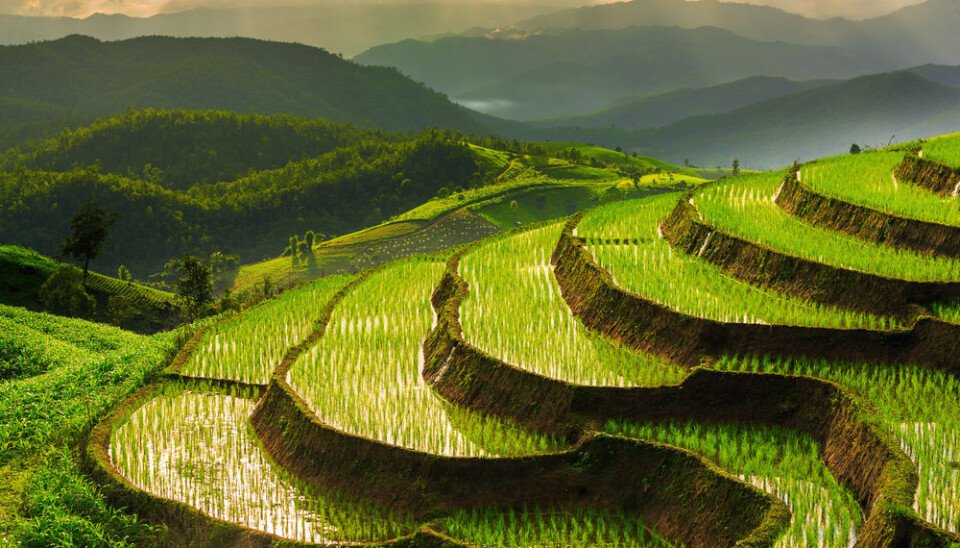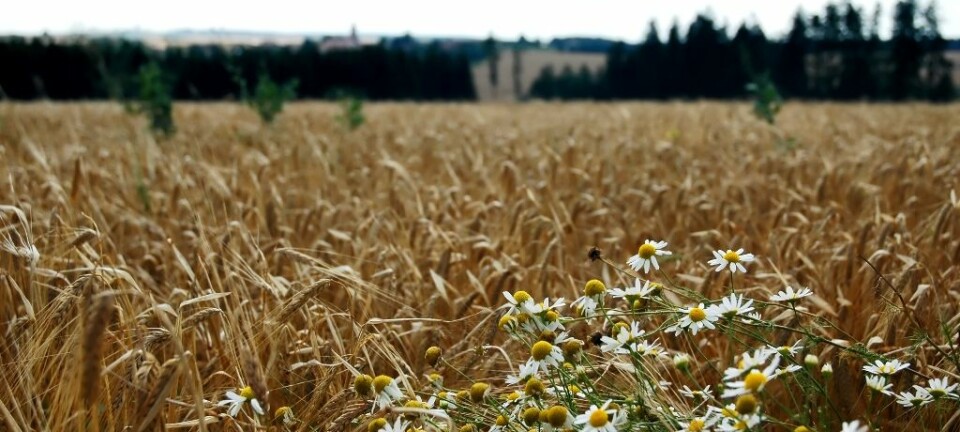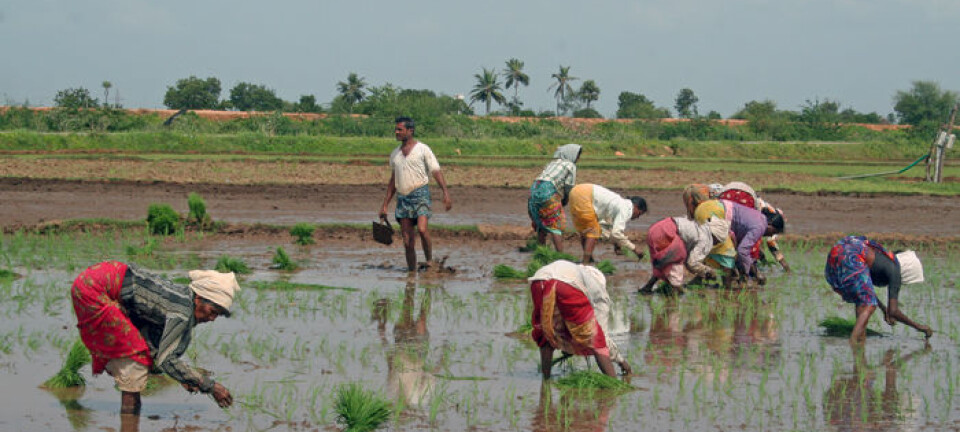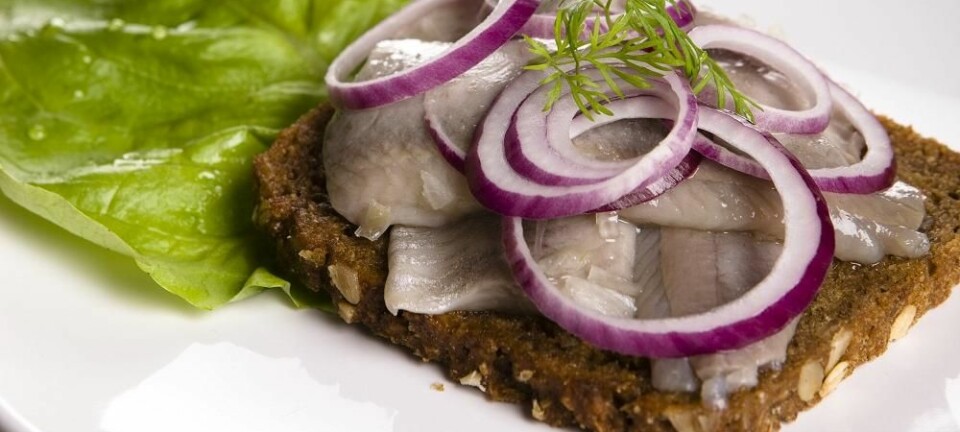
A new type of rice produces more food and cuts methane emissions
Scientists have developed a new type of rice plant that produces less methane gas than existing varieties, whilst also producing more rice.
Scientists have developed a new type of rice plant, which is designed to yield more rice whilst cutting the amount of methane it produces and releases to the atmosphere as a greenhouse gas.
“With their warm, waterlogged soils, rice paddies are responsible for up to 17% of global emissions of the potent greenhouse gas methane,” say the scientists in a press release.
According to them, a new sustainable method of producing more rice is needed, whilst simultaneously decreasing greenhouse gas emissions, and the new rice species may provide a solution to this.
“As the world’s population grows, the expected increase in rice cultivation runs the risk of exacerbating this problem. SUSIBA2 rice, as it is called, is the first high-yield, low-methane rice to be developed and could offer a sustainable solution to the problem,” they say.
The researchers transferred a single regulatory gene from barley into a conventional rice plant, to produce the new rice species, so-called SUSIBA2. The new crop was tested in China, and the results are published this week in the journal Nature.
“SUSIBA2 cut methane emissions to around 10 per cent of control levels before flowering, and almost to zero at 28 days after flowering,” say the scientists behind the new research, led by Chuanxin Sun, from the Swedish University of Agricultural Sciences, Uppsala, Sweden, writing in the journal Nature.
According to a press release, the new type of rice preferentially stores photosynthetically derived sugars in parts of the plant that are above rather than below ground, and has fewer methanogens – methane producing areas -- around the roots.
Over a three-year trial period, the new crop produced more rice and emitted significantly less methane than other varieties planted today.
---------------
The above has been selected and summarised by ScienceNordic, but the editors have not conducted independent research. Go to the original source for more details.
Scientific links
- Press release from Nature
- Expression of barley SUSIBA2 transcription factor yields high-starch low-methane rice. DOI 10.1038/nature14673









